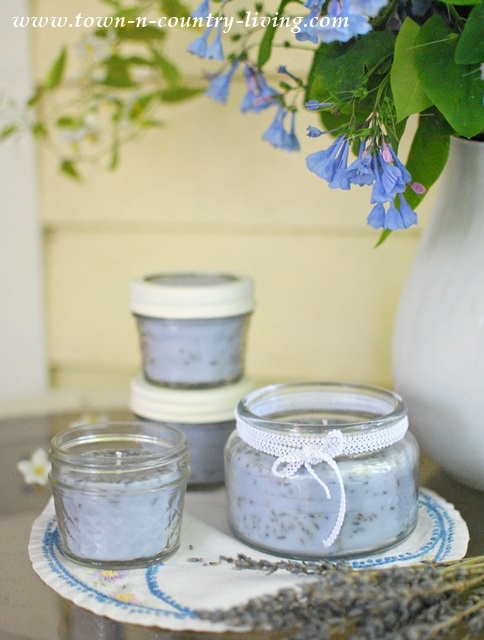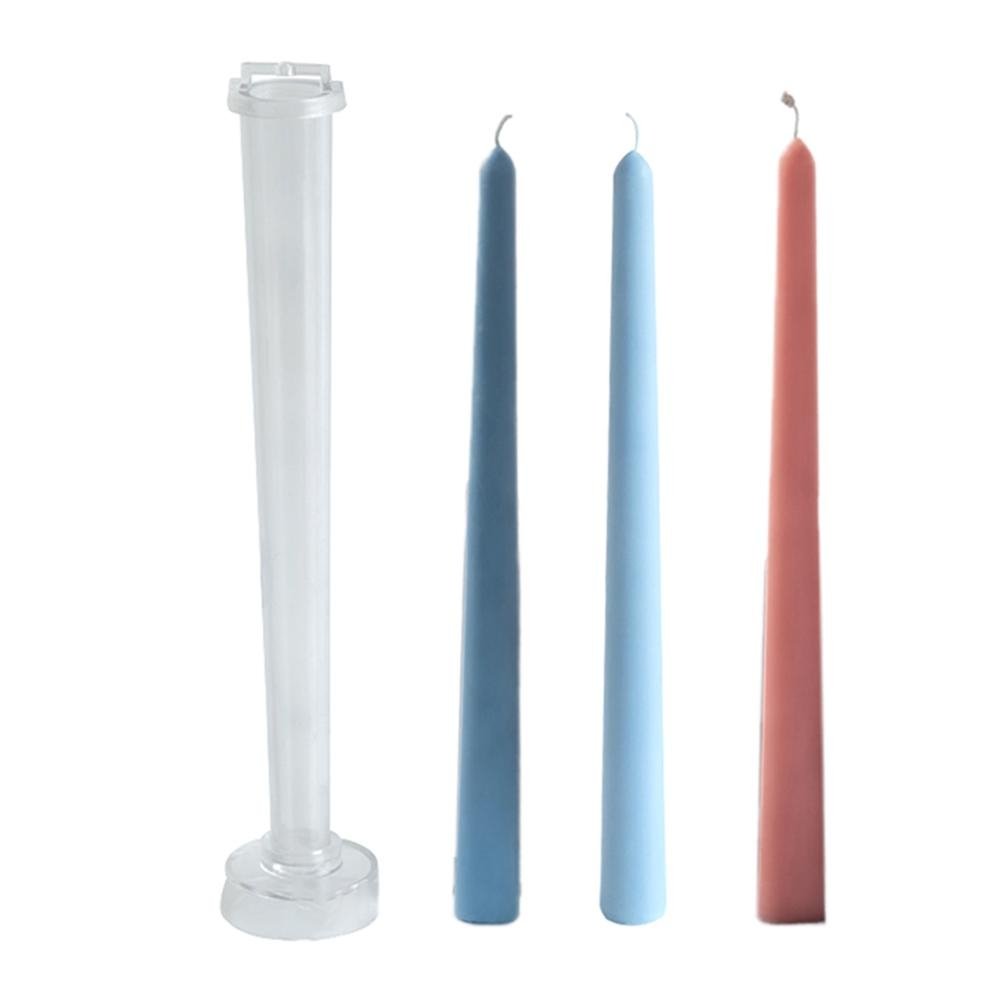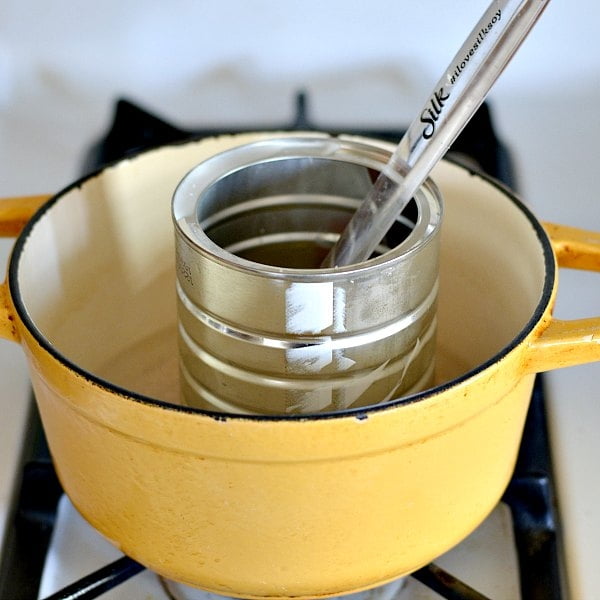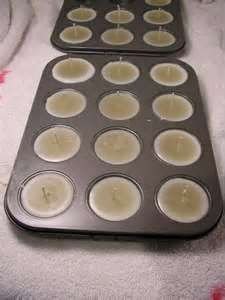When it comes to making candle wicks for soy candles, choosing the right type makes a significant difference in the quality of your final product. The wick plays a crucial role in how a candle burns, so utilizing the appropriate wick ensures a clean and even burn for your soy candles. Understanding the characteristics of soy wax and its popularity in candle making will also help you appreciate why selecting the right wick is essential.
Soy wax has become a preferred choice for many crafters due to its natural origins, sustainability, and clean-burning properties. Pairing this eco-friendly wax with the correct wick can enhance the overall performance of your soy candles. With various types of candle wicks available on the market, each offering different benefits and drawbacks, it’s crucial to have a good grasp of which type suits your soy candle-making needs.
In this article, we will delve into the world of making candle wicks specifically for soy candles. From understanding the characteristics of soy wax to exploring different types of wicks and providing a step-by-step guide on creating your own wicks at home, this comprehensive guide aims to equip you with the knowledge and skills needed to achieve beautiful and high-quality soy candles every time.
Understanding Soy Wax
Soy wax has gained popularity in the candle-making industry due to its numerous benefits and characteristics. One of the key advantages of soy wax is that it is a natural, renewable resource made from soybeans. This makes it an eco-friendly choice for environmentally conscious individuals looking to reduce their carbon footprint. Additionally, soy wax burns cleaner and slower than traditional paraffin wax, resulting in a longer-lasting candle that emits less soot.
Another important characteristic of soy wax is its ability to hold fragrance oils exceptionally well. This means that soy candles can produce a strong and long-lasting scent throw, filling a room with a pleasant aroma without being overpowering.
Soy wax also has a lower melting point than paraffin wax, which reduces the risk of burns and allows for a more even burn throughout the candle’s lifespan. These qualities make soy wax an ideal choice for those looking to create high-quality, fragrant candles for personal use or as gifts for others.
When choosing the right wick for your soy candles, it is essential to consider the size of the container and the diameter of the candle. Different types of wicks are designed for specific candle sizes and shapes, so selecting the appropriate wick will ensure that your candle burns efficiently and evenly.
It is also important to test different wicks to determine which one works best with your chosen fragrance oils and soy wax blend. By experimenting with various wicks and materials, you can customize your candles to achieve the desired burn time and scent throw for a truly unique product.
| Soy Wax Characteristics | Benefits |
|---|---|
| Natural & Renewable | Eco-friendly, reduces carbon footprint |
| Strong Scent Throw | Long-lasting fragrance, fills room with aroma |
Types of Candle Wicks
When it comes to making candle wicks for soy candles, one crucial decision that needs to be made is choosing the right type of wick. The type of wick you choose can significantly impact the performance and burn quality of your soy candles. There are various types of candle wicks available in the market, each with its own set of pros and cons.
Cotton Wicks
Cotton wicks are one of the most popular choices for soy candles due to their clean burn and minimal soot production. These wicks are known for their ability to provide a steady flame and consistent burn throughout the life of the candle. However, one downside of cotton wicks is that they tend to “mushroom” or form a carbon ball at the tip, which can lead to increased smoking.
Wood Wicks
Wood wicks have gained popularity in recent years for adding a unique aesthetic appeal to soy candles. These wicks create a soothing crackling sound when burned, reminiscent of a wood-burning fireplace. Wood wicks also tend to produce a wider flame compared to cotton wicks, resulting in better fragrance throw. However, wood wicks may require additional maintenance, such as trimming after burning to ensure optimal performance.
Zinc Core Wicks
Zinc core wicks are another option for soy candles that provide good stability and minimal mushrooming. The zinc core helps keep the wick upright during burning, reducing the chances of tunneling and uneven melting of the wax. However, some concerns have been raised about the use of zinc in candle wicks and its potential health implications when burned. It’s essential to weigh the pros and cons before choosing zinc core wicks for your soy candles.
By understanding the characteristics and considering the pros and cons of different types of candle wicks available for making soy candles, you can select the best option that suits your preferences and needs. Experimenting with various wick types can also help you determine which one works best with your specific soy wax blend and fragrance oils, ultimately leading to superior candle performance and customer satisfaction”.
Materials Needed
When it comes to making candle wicks for soy candles, having the right materials is crucial to ensure the success of your project. The essential materials needed for this process include cotton wick material, soy wax, fragrances or essential oils (optional), and scissors.
Cotton wick material is recommended for soy candles as it burns cleanly and helps with even melting of the wax. Soy wax, being a natural and eco-friendly option, is popular among candle makers for its clean-burning properties and ability to hold fragrance well. Fragrances or essential oils can be added to enhance the aroma of your soy candles, but they are optional depending on personal preference.
In addition to these main materials, other tools that are necessary for making candle wicks at home include a double boiler or microwave-safe container for melting the wax, a thermometer to monitor the temperature of the melted wax, and a pencil or chopstick for holding the wick in place while pouring the wax into containers. By having all these materials ready and within reach, you can easily create high-quality candle wicks for your soy candles.
| Materials | Tools |
|---|---|
| Cotton wick material | Double boiler or microwave-safe container |
| Soy wax | Thermometer |
| Fragrances or essential oils (optional) | Pencil or chopstick |
Step-by-Step Guide
Gathering Materials
To begin making candle wicks for soy candles at home, you will need a few essential materials. These include cotton wicks, soy wax, scissors, a double boiler or microwave-safe container, fragrance oil (optional), and a pencil or skewer. Ensuring you have all these materials on hand before starting will help streamline the process and make it easier to create your own custom candle wicks.
Preparing the Wicks
Start by cutting the cotton wicks to your desired length based on the size of the candle you plan to make. It’s essential to measure and cut them evenly to ensure they burn properly. Next, you can dip the cut wicks into melted soy wax using a skewer or pencil to coat them thoroughly. This step helps in priming the wicks for better burning efficiency and ensures they stay upright when placed in the candle container.
Setting Up the Wicks
Once the wicks are coated and dried, it’s time to secure them in place within the candle container. You can do this by gently pressing the primed end of each wick onto the bottom of the container using a small amount of melted soy wax as adhesive.
Make sure to center the wick to keep it straight while pouring in the melted soy wax. Additionally, you can use a clothespin or chopstick across the top of the container to keep the wick centered while pouring in your scented soy wax for a clean finish.
By following these steps carefully and utilizing quality materials, you can easily create homemade candle wicks for soy candles that burn cleanly and evenly, enhancing your overall candle-making experience. Enjoy experimenting with different scents and colors to customize your soy candles while reaping all their benefits like longer burn time and eco-friendliness.
Tips and Tricks
When it comes to making candle wicks for soy candles, there are some expert tips and tricks that can help you achieve the perfect result. Here are some valuable insights to consider:
- Choose the right wick size: Selecting the appropriate wick size is crucial for ensuring a clean and even burn. A wick that is too small may result in tunneling, while a wick that is too large can cause mushrooming. Consider the diameter of your container and the type of wax you are using when choosing the correct wick size.
- Prime your wicks: Priming your candle wicks before using them can improve their burn quality. To prime your wicks, simply dip them in melted wax and allow them to dry completely. This helps the wick to ignite more easily and reduces smoking during burning.
- Test before pouring: Before pouring your soy wax into containers with the prepared wicks, it’s a good idea to conduct a test burn. This will help you identify any issues with the wick placement or size before making a whole batch of candles. Adjust as needed to ensure optimal burning performance.
By following these expert tips and tricks, you can improve the quality of your homemade soy candles and create beautiful products that burn cleanly and evenly. Remember that practice makes perfect, so don’t be afraid to experiment with different techniques until you find what works best for your specific candle-making process.
Troubleshooting Common Issues
When it comes to making candle wicks for soy candles, there are certain common issues that may arise during the process. However, with the right knowledge and troubleshooting techniques, these problems can easily be resolved. Here are some of the most common issues you may encounter when making candle wicks for soy candles and how to fix them:
1. Uneven Burning: One of the most common issues with candle wicks is uneven burning, where one side burns faster than the other. This can be caused by a variety of factors such as improperly centered wicks or impurities in the wax. To fix this issue, make sure to properly center your wick while pouring the wax into the container. You can also trim the wick to a shorter length to help promote a more even burn.
2. Sooty Wick: Another common issue is a wick that produces excessive soot when burned. This can be caused by using a wick that is too large for the container or by burning the candle in an area with poor ventilation. To address this problem, try using a smaller wick size that is appropriate for your container size. Additionally, make sure to burn your soy candle in a well-ventilated area to reduce soot buildup.
3. Mushrooming: Mushrooming occurs when the tip of the wick develops a bulbous shape while burning, which can lead to excess smoke and carbon buildup on the container walls. To prevent mushrooming, trim your wick to 1/4 inch before each use and avoid burning your soy candle for extended periods of time.
By being aware of these common issues and following these troubleshooting tips, you can ensure that your homemade soy candles have quality wicks that burn evenly and cleanly every time. Remember that practice makes perfect, so don’t be discouraged if you encounter challenges along the way – just keep experimenting and refining your technique until you achieve the desired results.
Conclusion
In conclusion, making candle wicks for soy candles is a crucial step in ensuring the quality and performance of your homemade candles. By understanding the characteristics of soy wax and selecting the right type of wick, you can create beautiful and long-lasting candles that provide a clean burn. It’s important to pay attention to the materials used and follow a detailed guide to craft the perfect wick for your soy candles.
As discussed in this blog post, there are various types of candle wicks available, each with its own pros and cons. By experimenting with different wicks and following expert tips and tricks, you can find the ideal match for your specific soy candle recipe. Remember that even small details like the size, material, and thickness of the wick can greatly impact the overall burning experience of your candles.
In essence, taking the time to make high-quality candle wicks for soy candles will not only enhance the aesthetic appeal of your creations but also ensure a safe and enjoyable burning experience for yourself and others. So next time you embark on a DIY candle-making project, remember the importance of using quality wick materials tailored specifically for soy wax to achieve the best results. Happy crafting.
Frequently Asked Questions
What Wick Is Best for Soy Candles?
The best wick for soy candles is typically cotton wicks that are specifically designed for use with soy wax. These wicks are natural, burn clean, and are known to work well with soy wax, providing a steady and even burn throughout the candle’s life.
Can I Make My Own Candle Wicks?
Yes, it is possible to make your own candle wicks at home. One common method involves using cotton yarn or twine that has been treated with a mixture of boric acid and salt to enhance its burning properties. However, it is important to ensure that the homemade wicks are safe and appropriate for the type of wax being used.
How Do You Make Soy Wick Candles?
To make soy wick candles, start by melting soy wax flakes in a double boiler until they reach the desired temperature. Add fragrance oils if desired and carefully pour the melted wax into a container with the pre-waxed cotton wick in place.
Allow the candle to cool and harden before trimming the wick to the appropriate length and enjoying the clean-burning soy candle you have made from scratch.

Welcome to my candle making blog! In this blog, I will be sharing my tips and tricks for making candles. I will also be sharing some of my favorite recipes.





